From the March 2024 issue of Apollo. Preview and subscribe here.
There will be plenty of talk of ‘museum quality’ work in Maastricht this month – and plenty of chances to test it out, too. Highlights among the museum shows that can be seen in a day trip from the fair include Frans Hals in Amsterdam, Immanuel Kant in Bonn and, at the Mauritshuis, the Dutch painter for whom the dodo became a livelihood.
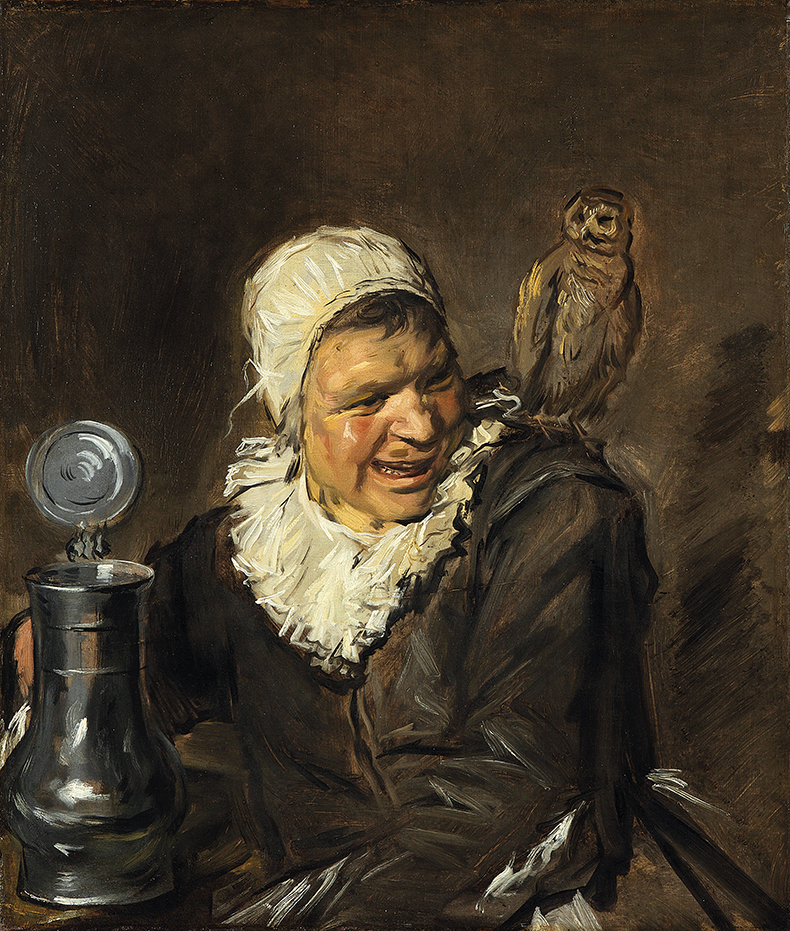
Malle Babbe (c. 1633–35), Frans Hals. Staatliche Museen zu Berlin, Gemäldegalerie
Frans Hals
Rijksmuseum, Amsterdam
Until 9 June
The Rijksmuseum’s record-breaking Vermeer show was always going to be a tough act to follow – but for Frans Hals, in a sense, it was ever thus. After the French art critic Théophile Thoré-Bürger rediscovered the work of both artists in the 19th century, Vermeer’s star continued to rise and rise while Hals’s jovial portraits returned to the critical wilderness. This show – which brings The Laughing Cavalier to Amsterdam for the first time in 150 years – considers why Hals’s bravura brushwork made him a superstar in his own day and an idol of the Impressionists.
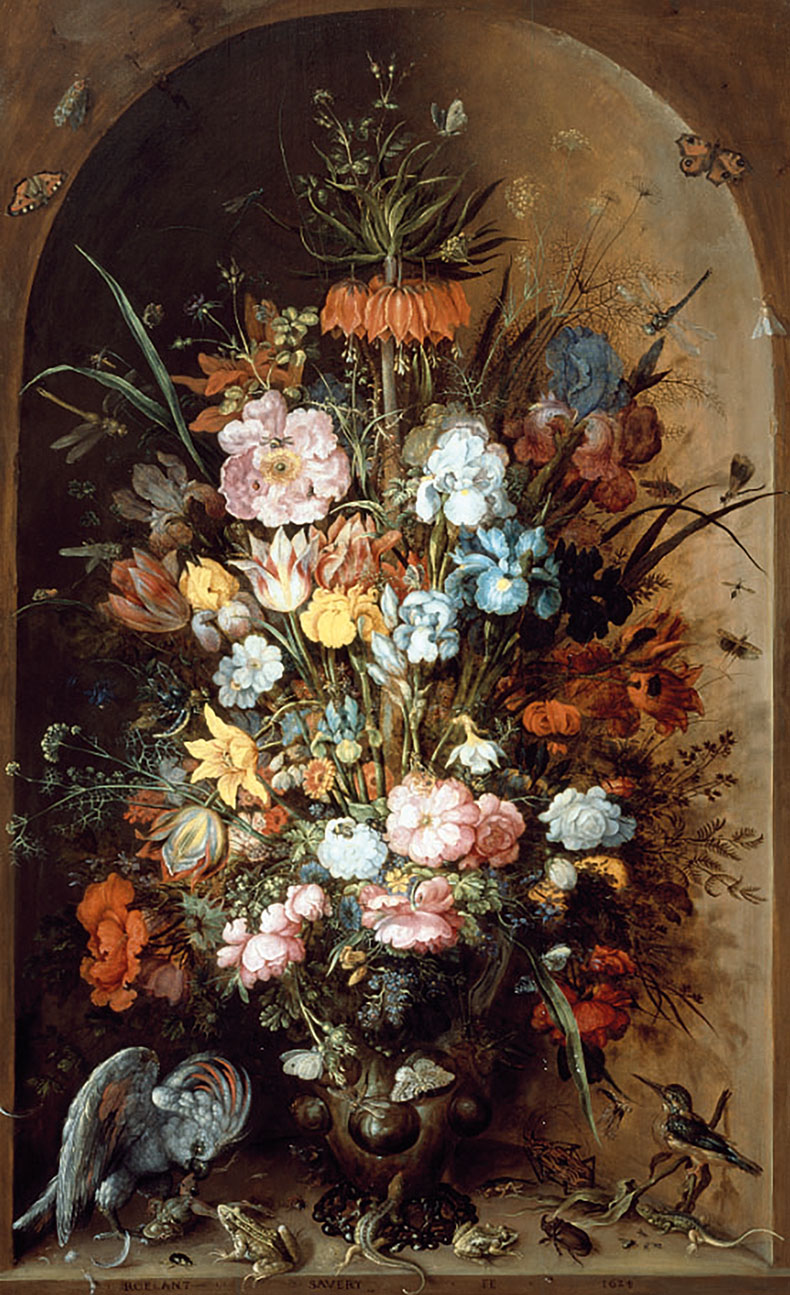
Large Flower Still Life with Crown Imperial (1624), Roelant Savery. Centraal Museum, Utrecht
Roelant Savery’s Wondrous World
Mauritshuis, The Hague
Until 20 May
He is little known today, but this show of 40 paintings and drawings makes plain that the list of firsts to Roelant Savery’s name is extraordinary. He was the earliest known Dutch artist to paint a floral still life, and he was the first artist to sketch his human subjects unawares in the street. More importantly, though, he was one of the first painters of the dodo, which he encountered among the collections of Rudolf II in his court in Prague – probably in the form of an overstuffed taxiderm, to judge by the plumpness of Savery’s depictions.
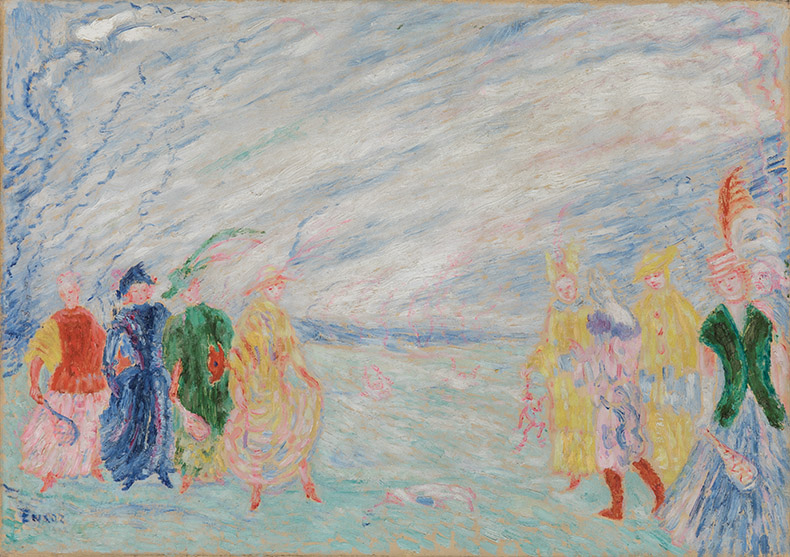
La rencontre (1912), James Ensor. Filip Kristel Goos Collection. Photo: Vincent Everarts
James Ensor: Maestro
Bozar, Brussels
Until 23 June
James Ensor is known today as a master of the macabre, a painter of gruesome masks and skeletons. But on the 75th anniversary of his death, this exhibition looks to flesh out our understanding of his career. It brings together 100 works, ranging from oils and drawings to manuscripts of his writing (including drama, news reports and satirical exhibition reviews). In particular, the show makes plain the importance of music to Ensor’s thinking – and features handwritten scores of his own musical compositions, such as the ballet La Gamme d’Amour.
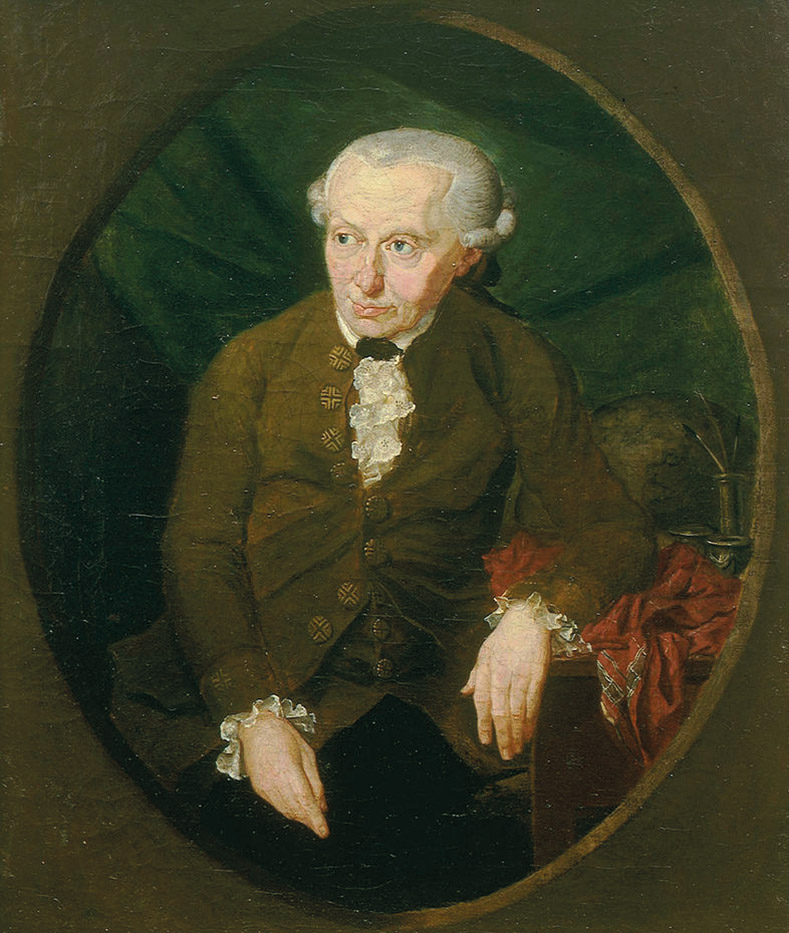
Portrait of Immanuel Kant (1791), Gottlieb Doebler. Stadtmuseum Königsberg, Kaliningrad
Immanuel Kant: Unresolved Issues
Bundeskunsthalle, Bonn
Until 17 March
What can I know? What should I do? What can I hope for? What is man? With these four questions, Immanuel Kant established the scope of modern philosophy. Each, in turn, is examined by this exhibition marking the 300th anniversary of his birth, which brings together manuscripts, depictions of Kant by his contemporaries and other secular relics (including a framed lock of his hair) with works by later artists, including Alberto Giacometti, Joseph Beuys and Anselm Kiefer, that shed light on the continuing influence of Kantian thought.

Nadar élevant la Photographie à la hauteur de l’Art (‘Nadar raising photography to the height of art’) (1862), Honoré Daumier. Private collection
Honoré Daumier: The Hellwig Collection
Städel Museum, Frankfurt
Until 12 May
Spanning Daumier’s career, the outstanding Hellwig collection of the caricaturist’s drawings, prints, paintings and sculptures naturally offers a gimlet-eye view of French history, from the July Revolution of 1830 to the fall of the Second Empire in 1870. Famous lithographs on show among this selection of 120 works include Daumier’s excoriating satires of King Louis-Philippe, while a number of prints bearing the marks of printers and censors – a particular strength of Hellwig’s holdings – offer an insight into the tribulations of 19th-century publishing.
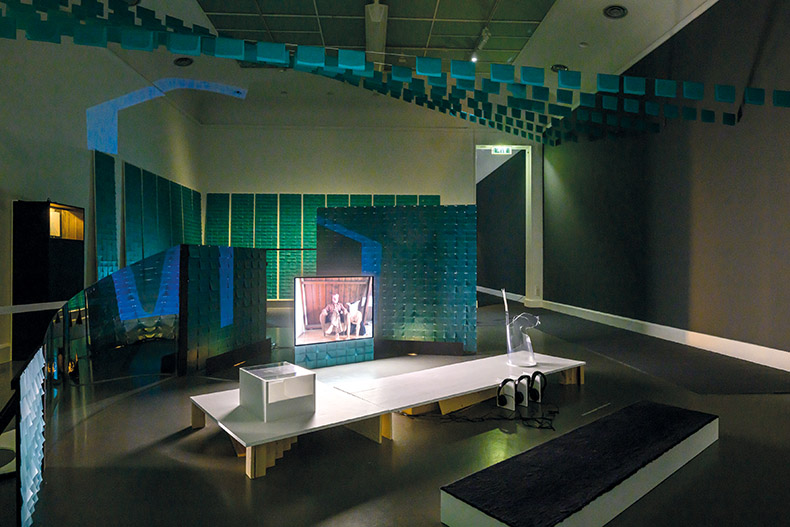
Installation view of ‘Sung Hwan Kim: Protected by Roof and Right-hand Muscles’. Photo: Peter Cox; courtesy the artist
Sung Hwan Kim: Protected by Roof and Right-hand Muscles
Van Abbemuseum, Eindhoven
Until 12 May
For his most ambitious European exhibition to date, the South Korean artist has taken over 10 rooms of the Van Abbemuseum. Films from the past two decades, demonstrating the artist’s knack for whimsical, obliquely autobiographical narratives – including Love before Bond (2017), a fairy tale about two people who have never met, inspired by his niece’s experience of growing up in the United States – are accompanied by collages, performance and music prepared specifically for this show.
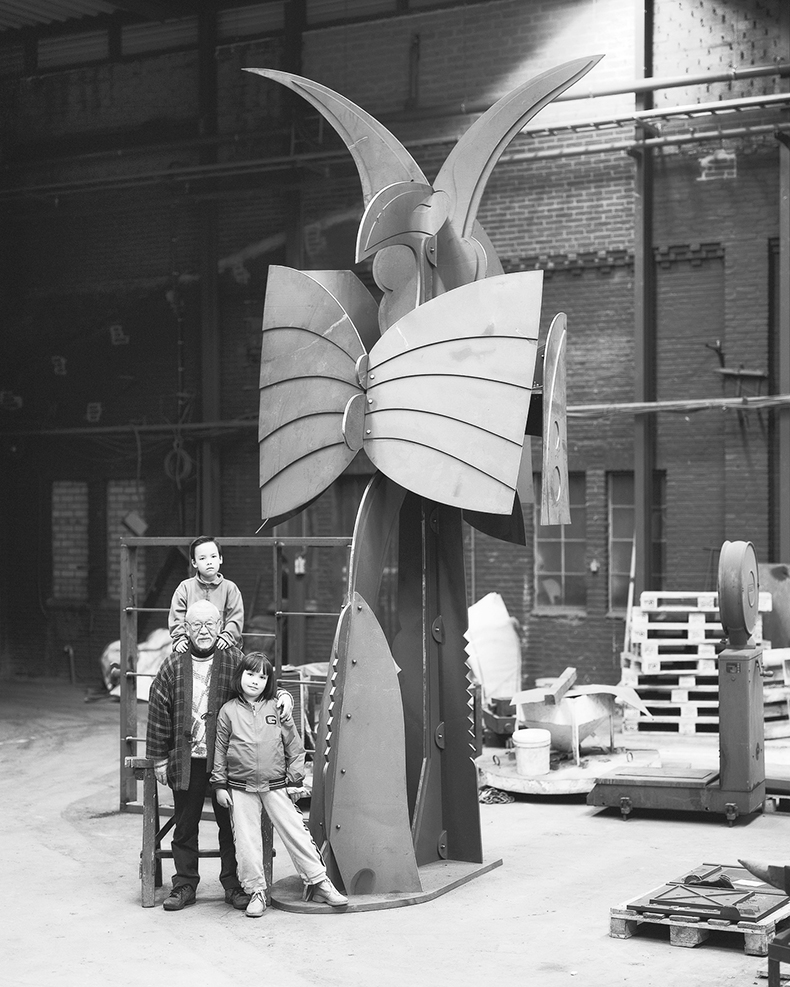
Shinkichi Tajiri with his grandchildren Shakuru and Tanéa at the Geraedts iron foundry, 2001. Photo: Kim Zwarts
Shinkichi Tajiri: The Restless Wanderer
Bonnefanten Museum, Maastricht
Until 11 May
Born in Los Angeles in 1923, Shinkichi Tajiri became one of 120,000 Japanese-Americans on the West Coast to be forcibly interned in the aftermath of the Pearl Harbor attacks. He left America soon after and, following a spell in Paris during which his sculptures brought him to the attention of the CoBrA movement, lived in the Netherlands from 1956. Curated by his grandchildren to mark the 100th anniversary of his birth, this exhibition takes a broad look at ways in which his early experiences shaped his sculptures; these often take the form of fantastical machines, haunted by the memory of warplanes even as they hint at a future beyond conflict.
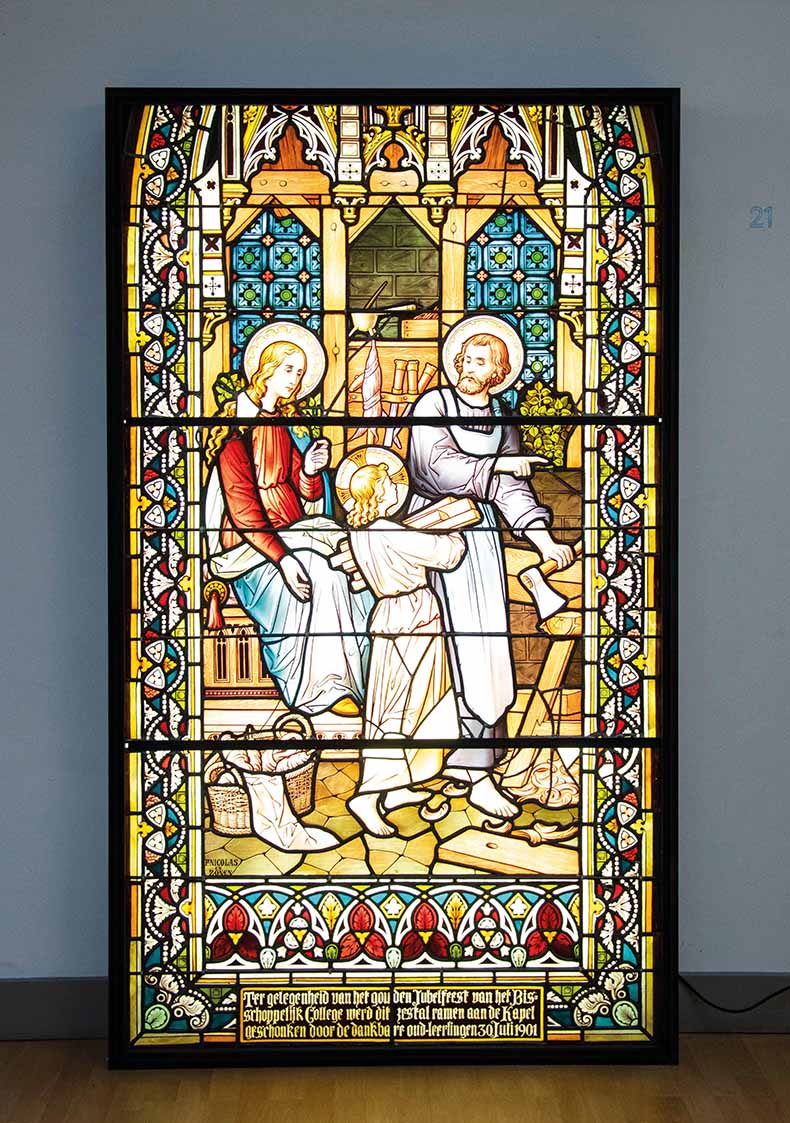
An untitled work from the atelier of Frans Nicolas of Roermond (early 19th century). Photo: Moniek Wegdam
In Vitro: The Many Lives of Glass
Bureau Europe, Maastricht
Until 16 June
Glass has played a key role in the development of Limburg’s visual identity. The emancipation of the Catholic community in the 19th century led the town of Roermond – a short way along the river Meuse from Maastricht – to become a hub for stained glass, with architect Pierre Cuypers and glazier Frans Nicolas at the helm of a distinctive Limburg school of Neo-Gothicism. The show takes this heritage as its starting point, but extends far beyond it to consider the practical and symbolic functions of glass from the late Middle Ages to the present. Highlights include Batoul Faour’s film exploring the Beirut explosion in 2020, which covered the city in a carpet of broken glass.
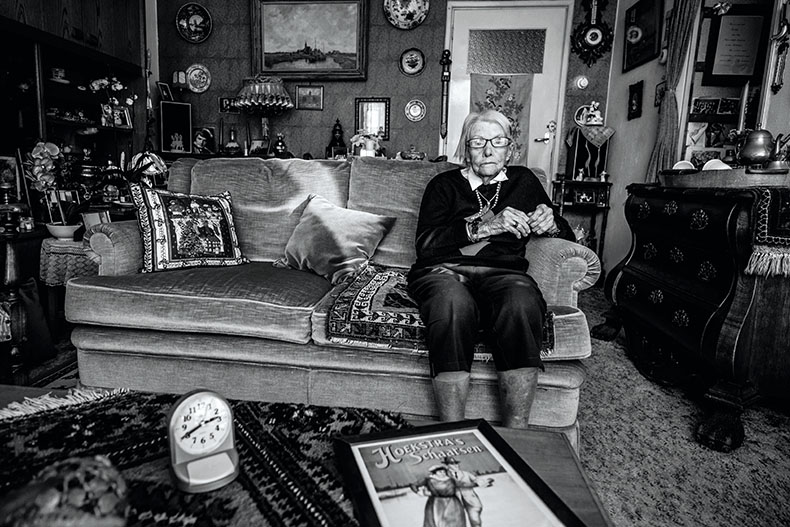
Cornelia Janna Hoekstra. Photo: Humberto Tan
Humberto Tan: Tomorrow Will Be Better
Fotomuseum aan het Vrijthof, Maastricht
Until 17 March
The Dutch media personality Humberto Tan has spent three years travelling the Netherlands in search of centenarians. He has taken photographic portraits of more than a hundred 100-year-olds, and interviewed all of them about their lives, their hopes and fears, and the secret of their longevity. This exhibition – which takes its title from a Willy Derby song of 1939 – presents the fruits of his (and their) experience; the photographs on display range from close-up details of hands or faces, encouraging reflection on the physical process of ageing, to shots that show his sitters at home, among pictures and furnishings accumulated over the course of their long lives.
From the March 2024 issue of Apollo. Preview and subscribe here.
Unlimited access from just $16 every 3 months
Subscribe to get unlimited and exclusive access to the top art stories, interviews and exhibition reviews.

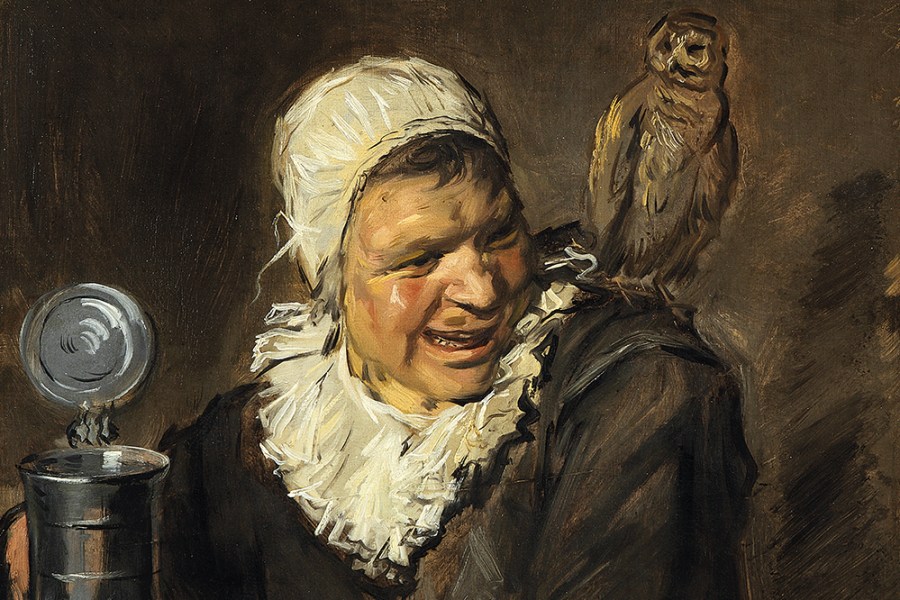
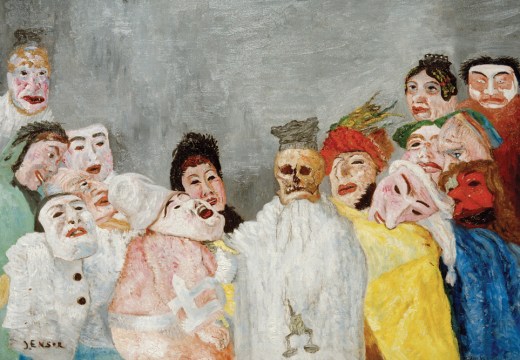
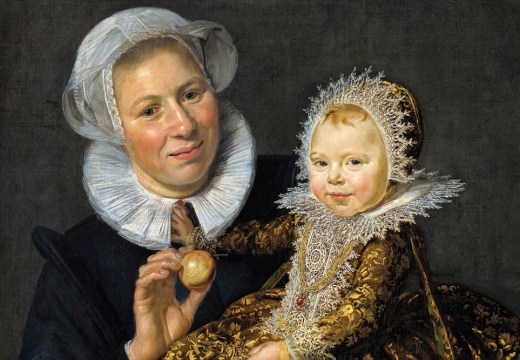
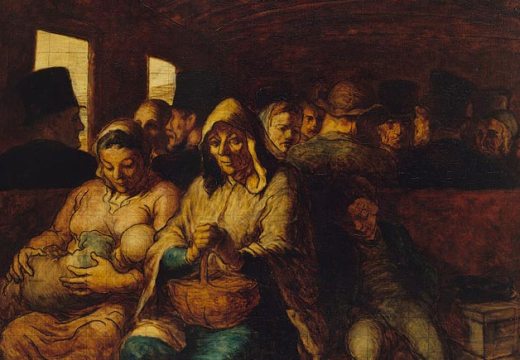









![Masterpiece [Re]discovery 2022. Photo: Ben Fisher Photography, courtesy of Masterpiece London](http://www.apollo-magazine.com/wp-content/uploads/2022/07/MPL2022_4263.jpg)
It’s time for the government of London to return to its rightful home